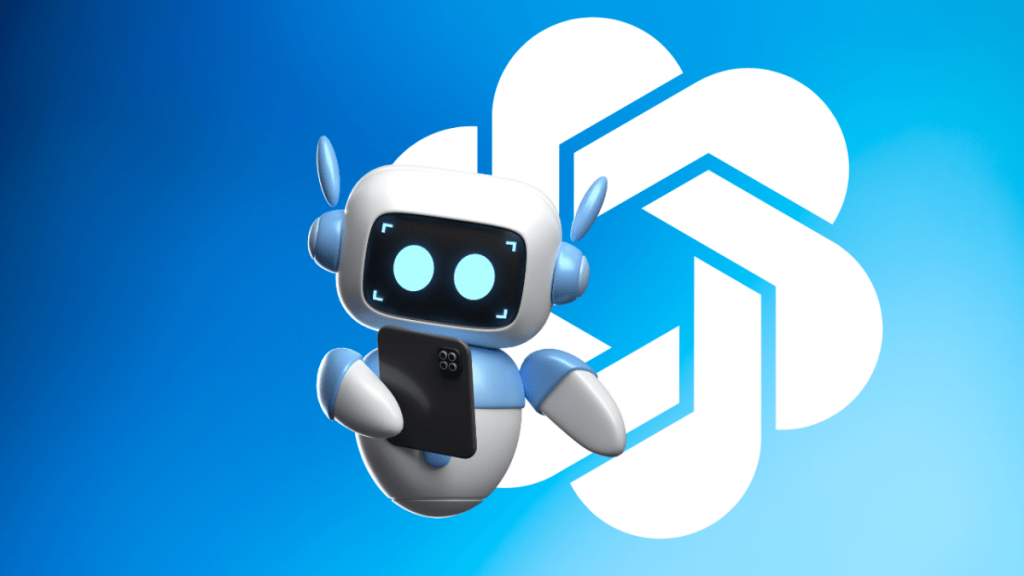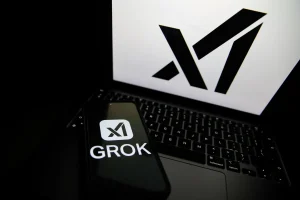OpenAI’s New GPT-4o Mini: A Game Changer in Affordable AI

OpenAI is making waves once again with its latest AI model: GPT-4o mini. This new, smaller version of their flagship AI is designed to be faster and more affordable than its predecessors. It’s a move that’s expected to benefit smaller developers and startups who are often constrained by budget limitations.
Meanwhile, what’s truly interesting is that GPT-4o mini isn’t just a cheaper alternative. It boasts a range of capabilities such as supporting text, images, and soon, even video and audio. Therefore, this pint-sized powerhouse isn’t just about cutting costs; it’s about opening doors for innovation and competition across various sectors.
The Rise of Small AI Models
OpenAI is launching a mini version of its latest AI model. These small AI models are meant to be faster and more affordable than the full version. They are particularly useful for simple, high-volume tasks, making them appealing to smaller developers who don’t have a lot of money for AI costs.
The smaller models allow developers to incorporate AI into their websites or apps more efficiently. OpenAI announced its latest flagship model, GPT-4o, back in May. The ‘o’ stands for ‘omni,’ a reference to the model’s ability to understand speech, video, and text. Now, there’s GPT-4o mini, the pared-down version.
Capabilities of GPT-4o Mini
GPT-4o mini supports text and images, with plans to add video and audio capabilities in the future. This flexibility is a key feature, enabling developers to use the AI for a broader range of applications. It’s designed to be versatile while remaining cost-effective.
The model is more than 60% cheaper than GPT 3.5 Turbo, which it replaces as OpenAI’s smallest model. Additionally, it scores better than competing small models on the MMLU, an industry benchmark for reasoning. This makes it not only affordable but also competent.
By offering such a cost-effective and capable model, OpenAI aims to make advanced AI technologies accessible to a broader range of developers and businesses. This democratization of AI technology could lead to innovative applications and solutions in various fields.
Target Audience and Market Impact
GPT-4o mini is likely to attract startups and small businesses that couldn’t previously afford advanced AI models. By providing an affordable alternative, OpenAI is opening up new opportunities for these companies to innovate and compete in the market.
Smaller developers can now integrate AI features into their products without the financial burden that comes with more expensive models. This could level the playing field, allowing smaller players to compete with larger companies that have more resources.
Moreover, the introduction of GPT-4o mini is expected to spur competition within the AI industry. Other companies may follow suit, developing their own cost-effective models to meet the needs of smaller developers and businesses.
Comparison with Previous Models
GPT-4o mini is a significant improvement over its predecessors, particularly in terms of cost and performance. The model offers enhanced capabilities while being more affordable, making it a valuable tool for developers with budget constraints.
In comparison to GPT 3.5 Turbo, GPT-4o mini provides better performance metrics on the MMLU benchmark. This demonstrates its superior reasoning abilities, which can be crucial for more complex tasks.
The new model is part of OpenAI’s broader strategy to create versatile AI tools that cater to a wide range of users. By continually improving their models, OpenAI aims to stay ahead in the competitive AI landscape.
Future Prospects and Developments
OpenAI plans to expand the capabilities of GPT-4o mini by adding video and audio support. This will make the model even more versatile, opening up new possibilities for developers and businesses.
The ongoing improvements indicate OpenAI’s commitment to innovation and providing high-quality AI solutions. Future updates could further enhance the model’s performance and applications.
By focusing on both affordability and capability, OpenAI aims to set new standards in the AI industry. Their approach could influence other companies to develop similar models, driving overall advancements in the field.
Real-World Applications
The versatility of GPT-4o mini makes it suitable for a wide range of applications, from customer service bots to content creation tools. Developers can use it to enhance user experience and streamline operations.
In the education sector, for example, GPT-4o mini could be used for creating interactive learning materials, offering personalized tutoring, and automating administrative tasks. This could significantly improve efficiency and engagement.
Healthcare is another area where GPT-4o mini could have a substantial impact. The model could assist in patient data analysis, support diagnostic processes, and even provide preliminary medical advice, making healthcare more accessible.
Potential Challenges
Despite its many advantages, GPT-4o mini is not without challenges. One potential issue is the quality of outputs compared to larger, more complex models. Developers might need to balance cost savings with the quality of AI performance.
There could also be ethical considerations, particularly in sensitive areas like healthcare and education. Ensuring the responsible use of AI is crucial to avoid potential misuse or harm.
Finally, as more businesses adopt GPT-4o mini, there may be increased scrutiny on data privacy and security. Developers will need to implement robust measures to protect user data and maintain trust.
In conclusion, GPT-4o mini is a valuable addition to the range of AI models available today. Its affordability and versatility make it an excellent option for smaller developers and businesses. OpenAI’s commitment to innovation and accessibility ensures that more people can benefit from advanced AI technologies. Ultimately, this model could be a game-changer in various sectors, driving forward new applications and solutions.





